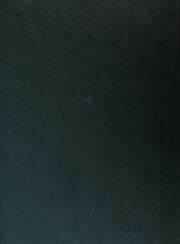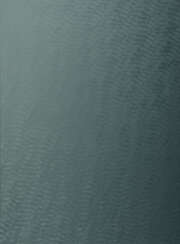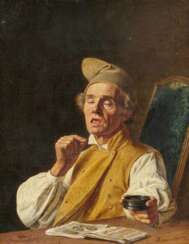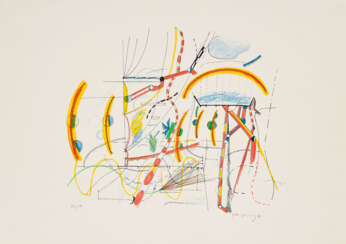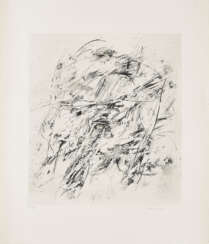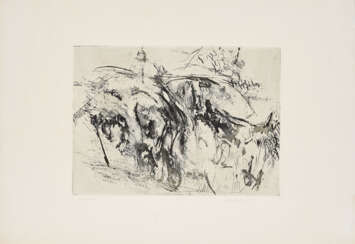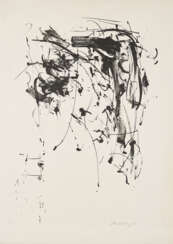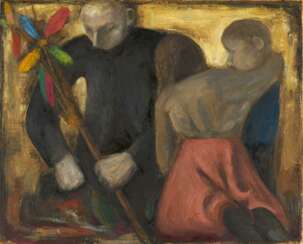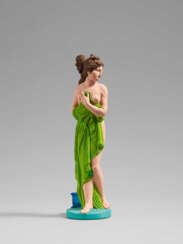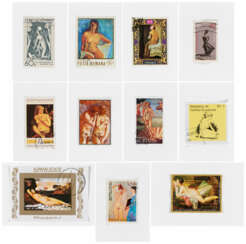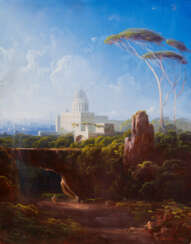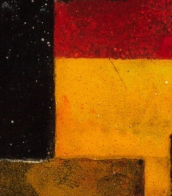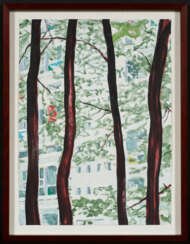peter
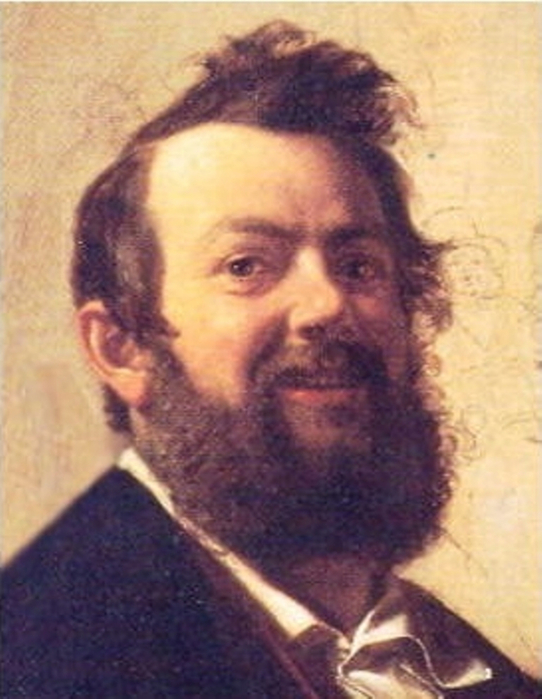
Johann Peter Hasenclever was a German painter of the first half of the 19th century. He is known as a painter, a representative of the Düsseldorf school of art, who is considered one of the founders of German genre painting.
Hasenclever began his work by interpreting biblical, mythological and romantic subjects, but eventually found his calling in humorous scenes from bourgeois life, especially Pyrenean towns and cities. Among his famous works are "The Amusing Examination," "The Reading Room," and "The Trial of Wine," distributed in engravings and lithographs.
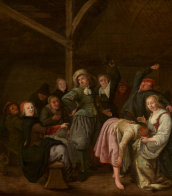

Peter Reichenberger is a German artist. In 2006, all of the artist's possessions were donated to his foundation.
Peter Reichenberger studied free painting at the Cologne School of Painting from 1967 to 1973.
Since 1986 he has worked as a free artist. He created his first paintings with a two-colour overlay of fingerprints. His work is a combination of colour, form, rigid structures and patterns.
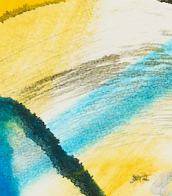

Peter Reichenberger is a German artist. In 2006, all of the artist's possessions were donated to his foundation.
Peter Reichenberger studied free painting at the Cologne School of Painting from 1967 to 1973.
Since 1986 he has worked as a free artist. He created his first paintings with a two-colour overlay of fingerprints. His work is a combination of colour, form, rigid structures and patterns.


Johann Peter Hasenclever was a German painter of the first half of the 19th century. He is known as a painter, a representative of the Düsseldorf school of art, who is considered one of the founders of German genre painting.
Hasenclever began his work by interpreting biblical, mythological and romantic subjects, but eventually found his calling in humorous scenes from bourgeois life, especially Pyrenean towns and cities. Among his famous works are "The Amusing Examination," "The Reading Room," and "The Trial of Wine," distributed in engravings and lithographs.

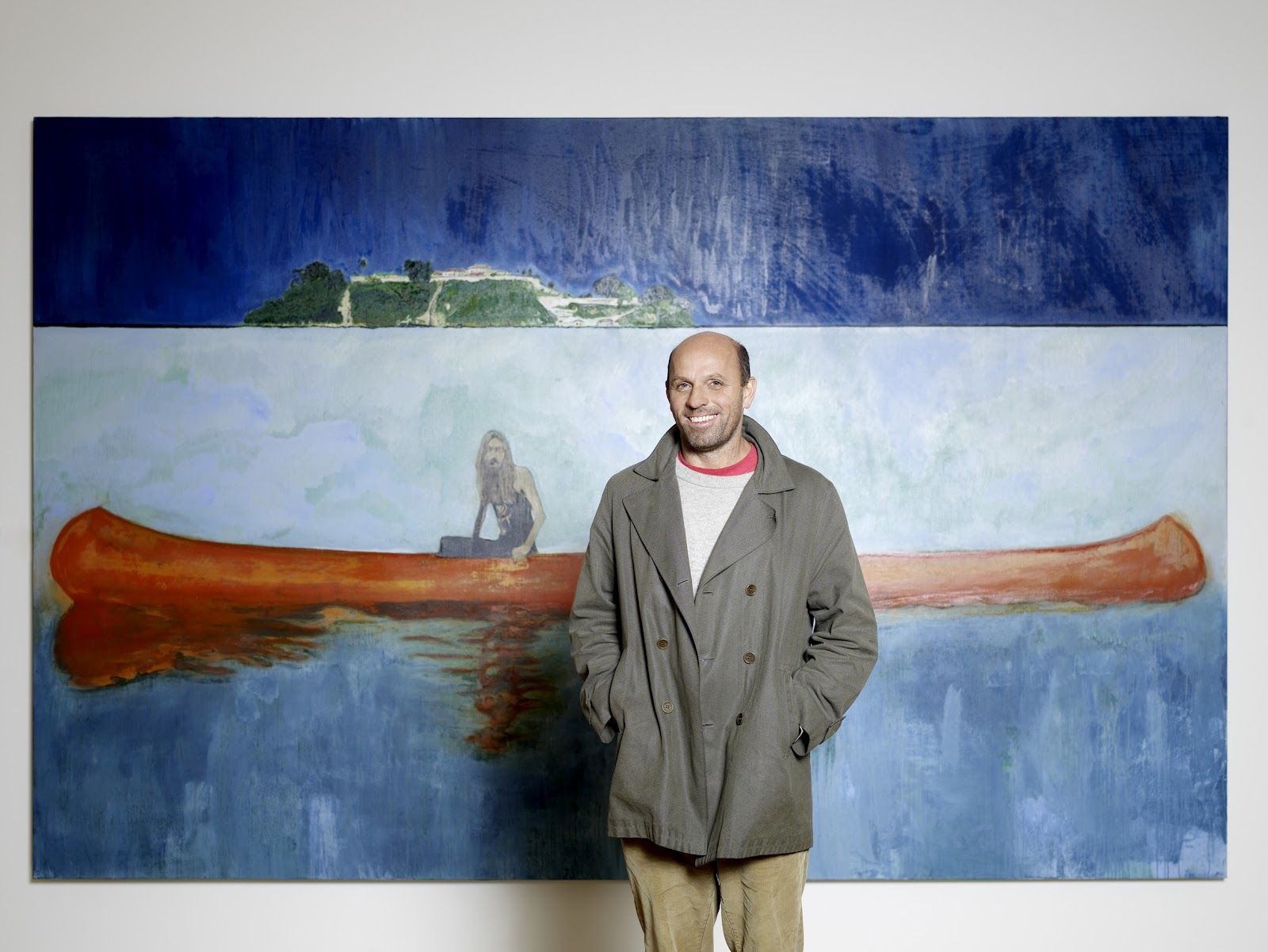
Peter Doig, a Scottish painter, is renowned for his distinct, evocative style that captures elements of the natural world intertwined with a sense of the fantastical. Known for his vibrant use of color and imaginative landscapes, Doig's works often explore themes of memory and nostalgia, heavily influenced by his experiences in Canada, Trinidad, and the United Kingdom.
Peter Doig’s journey in the art world gained significant momentum after his education at Chelsea College of Arts, which was followed by his winning the prestigious Whitechapel Artist Prize in 1991. This recognition led to a solo exhibition at the Whitechapel Art Gallery where he showcased key works that helped define his career, such as "Swamped" and "The Architect's Home in the Ravine."
Throughout his career, Peter Doig has demonstrated a mastery of painting, evident in works like "White Canoe" and "Echo Lake," which reside in major collections such as the Tate and the Saatchi Collection. His art not only reflects his personal history and travels but also incorporates elements from cinema and photography, giving his paintings a dream-like quality that invites viewers to interpret their narratives.
Peter Doig's work has been exhibited worldwide, including significant retrospectives at the Fondation Beyeler in Basel and the Louisiana Museum of Modern Art in Denmark. His achievements in the art world have been recognized with numerous awards, including being named the 2017 Whitechapel Gallery Art Icon.
For those interested in the contemporary art scene, Peter Doig remains a pivotal figure whose works continue to inspire and provoke deep reflection. Art collectors and enthusiasts keen on following updates related to new sales and auction events featuring Doig’s work can sign up for targeted updates here.


Peter Brüning was an internationally renowned German modernist painter and sculptor. His works of the 1950s can be classified as Informel.
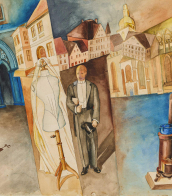

Peter Brüning was an internationally renowned German modernist painter and sculptor. His works of the 1950s can be classified as Informel.


Peter Brüning was an internationally renowned German modernist painter and sculptor. His works of the 1950s can be classified as Informel.


Peter Brüning was an internationally renowned German modernist painter and sculptor. His works of the 1950s can be classified as Informel.


Peter Brüning was an internationally renowned German modernist painter and sculptor. His works of the 1950s can be classified as Informel.


Peter Brüning was an internationally renowned German modernist painter and sculptor. His works of the 1950s can be classified as Informel.


Peter Brüning was an internationally renowned German modernist painter and sculptor. His works of the 1950s can be classified as Informel.


Peter Brüning was an internationally renowned German modernist painter and sculptor. His works of the 1950s can be classified as Informel.


Peter Brüning was an internationally renowned German modernist painter and sculptor. His works of the 1950s can be classified as Informel.

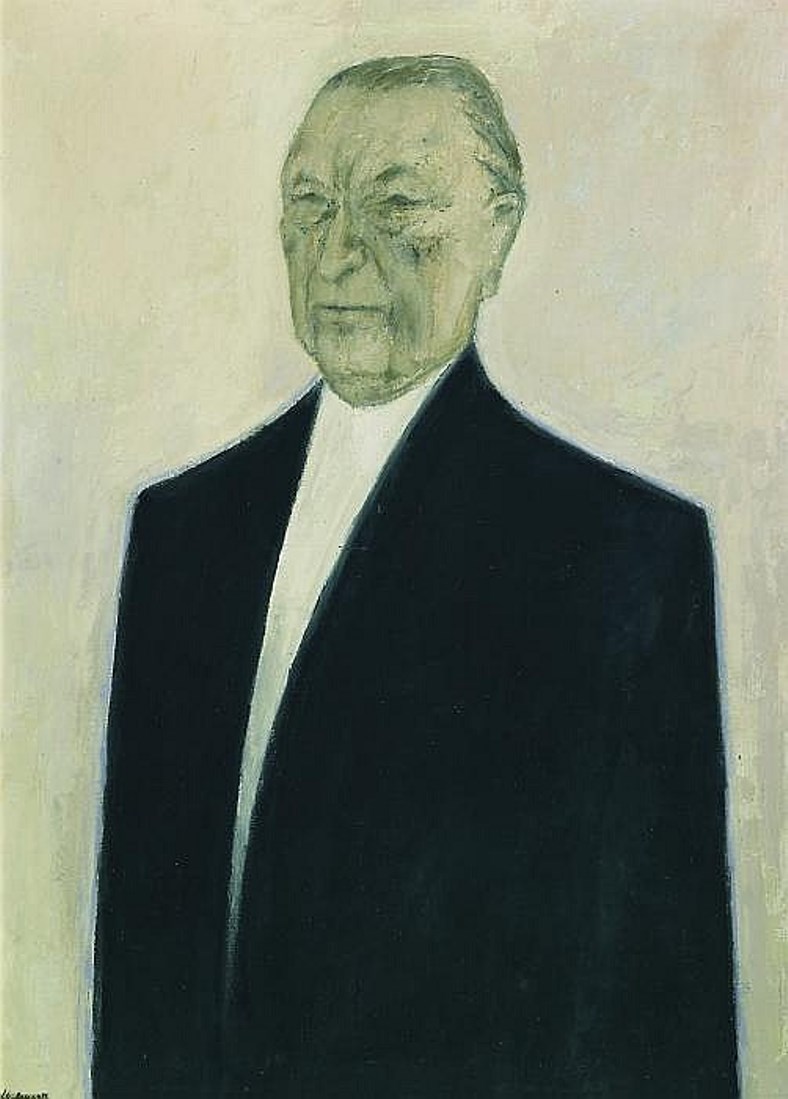
Peter Herkenrath was a German self-taught artist, one of the brightest representatives of abstract art after World War II.
He created what he called "wall paintings": he applied thick layers of paint in relief with spatulas and brushes. Herkenrath painted many portraits of his famous contemporaries, domestic scenes and still lifes.
Peter Herkenrath was a member of the Association of West German Artists and the Association of German Artists.

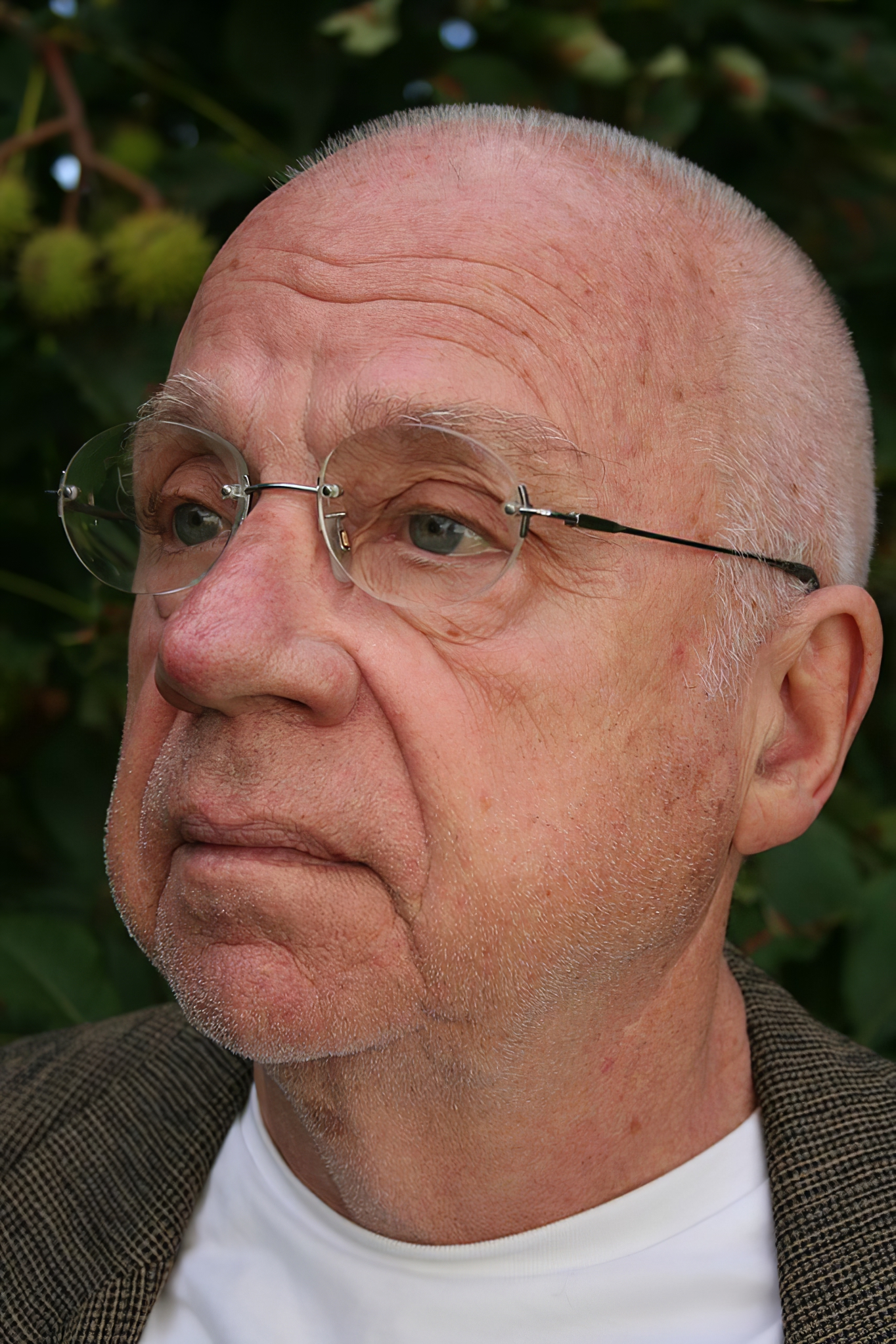
Peter Dreher was a German artist and academic teacher. He painted series of landscapes, interiors, flowers and skulls, beginning his series Tag um Tag guter Tag in 1974. As a professor of painting, he influenced artists including Anselm Kiefer. His works have been exhibited internationally.


Peter Dreher was a German artist and academic teacher. He painted series of landscapes, interiors, flowers and skulls, beginning his series Tag um Tag guter Tag in 1974. As a professor of painting, he influenced artists including Anselm Kiefer. His works have been exhibited internationally.


Peter Dreher was a German artist and academic teacher. He painted series of landscapes, interiors, flowers and skulls, beginning his series Tag um Tag guter Tag in 1974. As a professor of painting, he influenced artists including Anselm Kiefer. His works have been exhibited internationally.

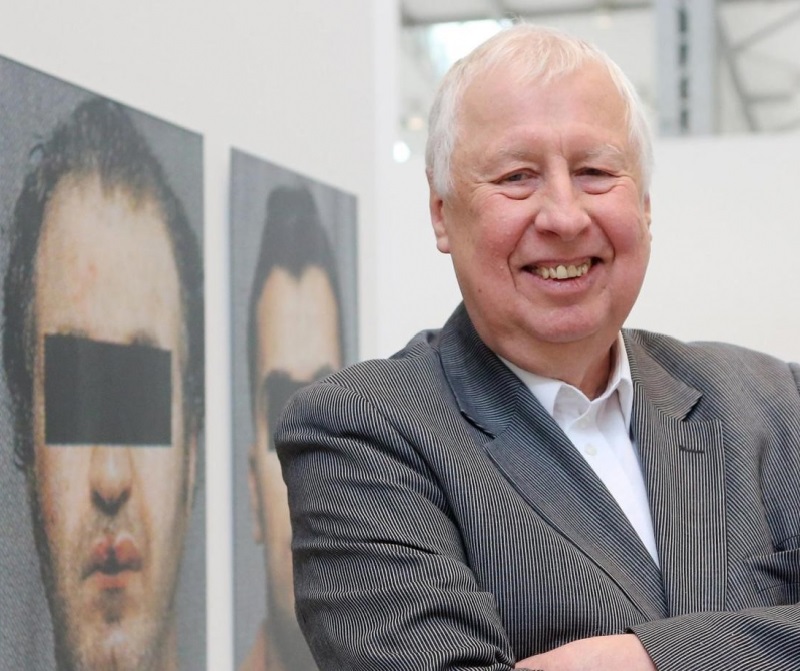
Hans-Peter Feldmann is a German visual artist. Feldmann's approach to art-making is one of collecting, ordering and re-presenting.
Hans-Peter Feldmann is a figure in the conceptual art movement and practitioner in the artist book and multiple formats.
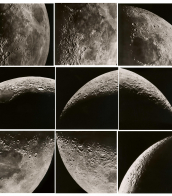

Hans-Peter Feldmann is a German visual artist. Feldmann's approach to art-making is one of collecting, ordering and re-presenting.
Hans-Peter Feldmann is a figure in the conceptual art movement and practitioner in the artist book and multiple formats.


Pieter Franciscus Peters Jr. or Pieter Francis Peters is a German landscape painter and graphic artist of Dutch origin.
His father, Pieter Franciscus Peters the Elder, was a famous glass painter and taught his son the art of drawing. Pieter Francis Peters painted landscapes, first in the style of Dutch Romanticism and later, in the spirit of the times, he turned to Impressionism.


Pieter Franciscus Peters Jr. or Pieter Francis Peters is a German landscape painter and graphic artist of Dutch origin.
His father, Pieter Franciscus Peters the Elder, was a famous glass painter and taught his son the art of drawing. Pieter Francis Peters painted landscapes, first in the style of Dutch Romanticism and later, in the spirit of the times, he turned to Impressionism.


Pieter Franciscus Peters Jr. or Pieter Francis Peters is a German landscape painter and graphic artist of Dutch origin.
His father, Pieter Franciscus Peters the Elder, was a famous glass painter and taught his son the art of drawing. Pieter Francis Peters painted landscapes, first in the style of Dutch Romanticism and later, in the spirit of the times, he turned to Impressionism.


Pieter Franciscus Peters Jr. or Pieter Francis Peters is a German landscape painter and graphic artist of Dutch origin.
His father, Pieter Franciscus Peters the Elder, was a famous glass painter and taught his son the art of drawing. Pieter Francis Peters painted landscapes, first in the style of Dutch Romanticism and later, in the spirit of the times, he turned to Impressionism.
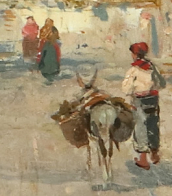

Pieter Franciscus Peters Jr. or Pieter Francis Peters is a German landscape painter and graphic artist of Dutch origin.
His father, Pieter Franciscus Peters the Elder, was a famous glass painter and taught his son the art of drawing. Pieter Francis Peters painted landscapes, first in the style of Dutch Romanticism and later, in the spirit of the times, he turned to Impressionism.


Pieter Franciscus Peters Jr. or Pieter Francis Peters is a German landscape painter and graphic artist of Dutch origin.
His father, Pieter Franciscus Peters the Elder, was a famous glass painter and taught his son the art of drawing. Pieter Francis Peters painted landscapes, first in the style of Dutch Romanticism and later, in the spirit of the times, he turned to Impressionism.


Peter Doig, a Scottish painter, is renowned for his distinct, evocative style that captures elements of the natural world intertwined with a sense of the fantastical. Known for his vibrant use of color and imaginative landscapes, Doig's works often explore themes of memory and nostalgia, heavily influenced by his experiences in Canada, Trinidad, and the United Kingdom.
Peter Doig’s journey in the art world gained significant momentum after his education at Chelsea College of Arts, which was followed by his winning the prestigious Whitechapel Artist Prize in 1991. This recognition led to a solo exhibition at the Whitechapel Art Gallery where he showcased key works that helped define his career, such as "Swamped" and "The Architect's Home in the Ravine."
Throughout his career, Peter Doig has demonstrated a mastery of painting, evident in works like "White Canoe" and "Echo Lake," which reside in major collections such as the Tate and the Saatchi Collection. His art not only reflects his personal history and travels but also incorporates elements from cinema and photography, giving his paintings a dream-like quality that invites viewers to interpret their narratives.
Peter Doig's work has been exhibited worldwide, including significant retrospectives at the Fondation Beyeler in Basel and the Louisiana Museum of Modern Art in Denmark. His achievements in the art world have been recognized with numerous awards, including being named the 2017 Whitechapel Gallery Art Icon.
For those interested in the contemporary art scene, Peter Doig remains a pivotal figure whose works continue to inspire and provoke deep reflection. Art collectors and enthusiasts keen on following updates related to new sales and auction events featuring Doig’s work can sign up for targeted updates here.


Peter Doig, a Scottish painter, is renowned for his distinct, evocative style that captures elements of the natural world intertwined with a sense of the fantastical. Known for his vibrant use of color and imaginative landscapes, Doig's works often explore themes of memory and nostalgia, heavily influenced by his experiences in Canada, Trinidad, and the United Kingdom.
Peter Doig’s journey in the art world gained significant momentum after his education at Chelsea College of Arts, which was followed by his winning the prestigious Whitechapel Artist Prize in 1991. This recognition led to a solo exhibition at the Whitechapel Art Gallery where he showcased key works that helped define his career, such as "Swamped" and "The Architect's Home in the Ravine."
Throughout his career, Peter Doig has demonstrated a mastery of painting, evident in works like "White Canoe" and "Echo Lake," which reside in major collections such as the Tate and the Saatchi Collection. His art not only reflects his personal history and travels but also incorporates elements from cinema and photography, giving his paintings a dream-like quality that invites viewers to interpret their narratives.
Peter Doig's work has been exhibited worldwide, including significant retrospectives at the Fondation Beyeler in Basel and the Louisiana Museum of Modern Art in Denmark. His achievements in the art world have been recognized with numerous awards, including being named the 2017 Whitechapel Gallery Art Icon.
For those interested in the contemporary art scene, Peter Doig remains a pivotal figure whose works continue to inspire and provoke deep reflection. Art collectors and enthusiasts keen on following updates related to new sales and auction events featuring Doig’s work can sign up for targeted updates here.


Peter Brüning was an internationally renowned German modernist painter and sculptor. His works of the 1950s can be classified as Informel.



